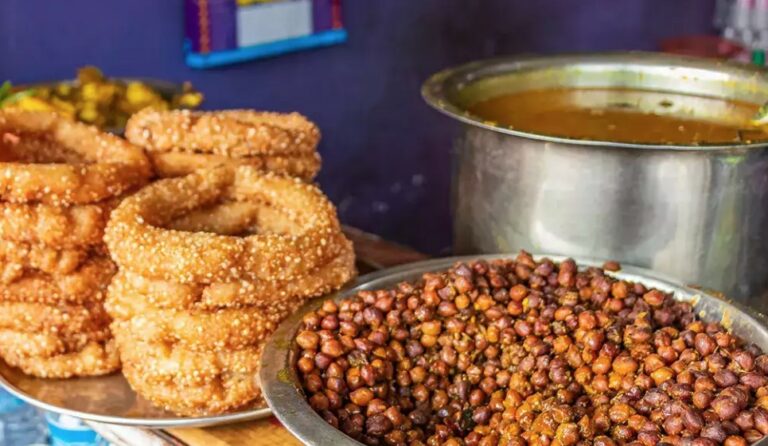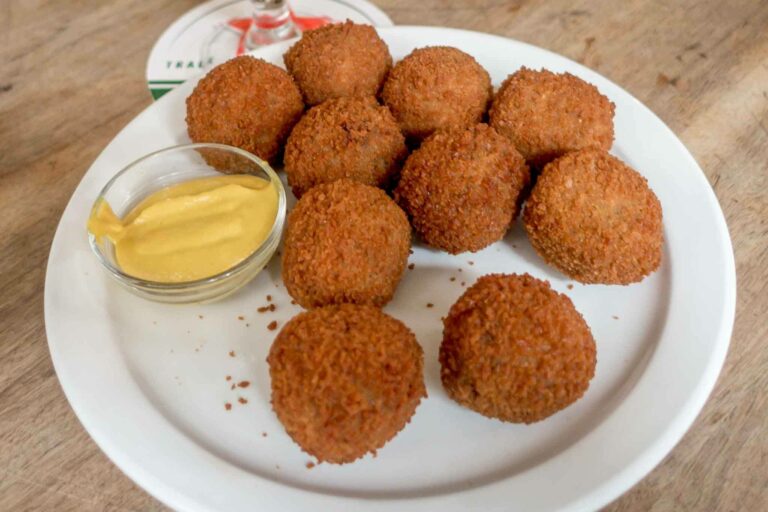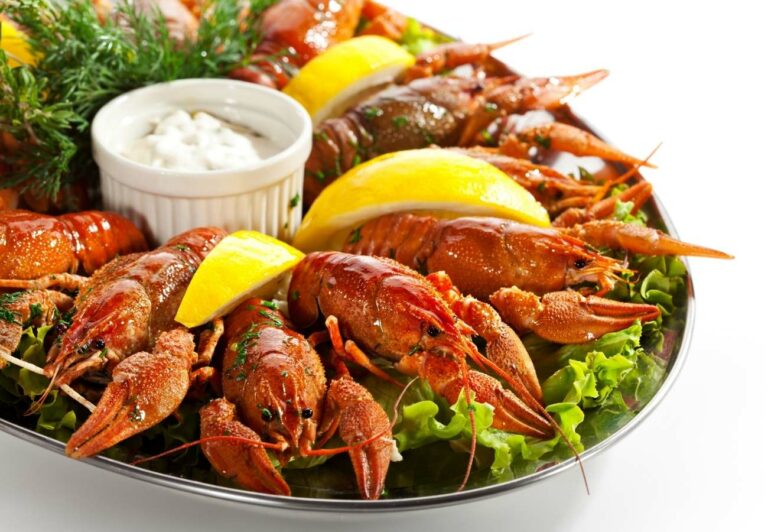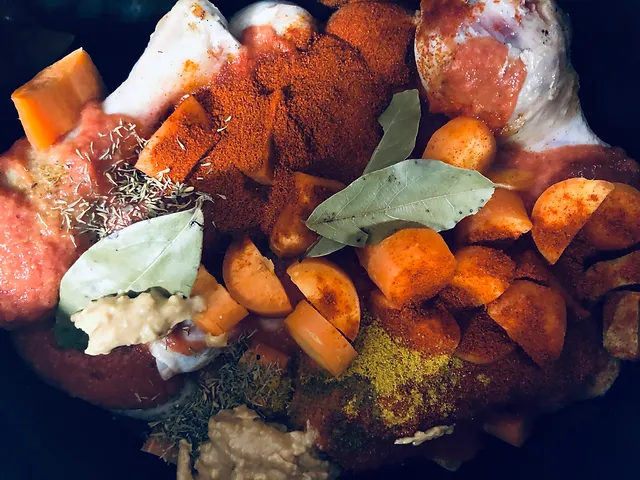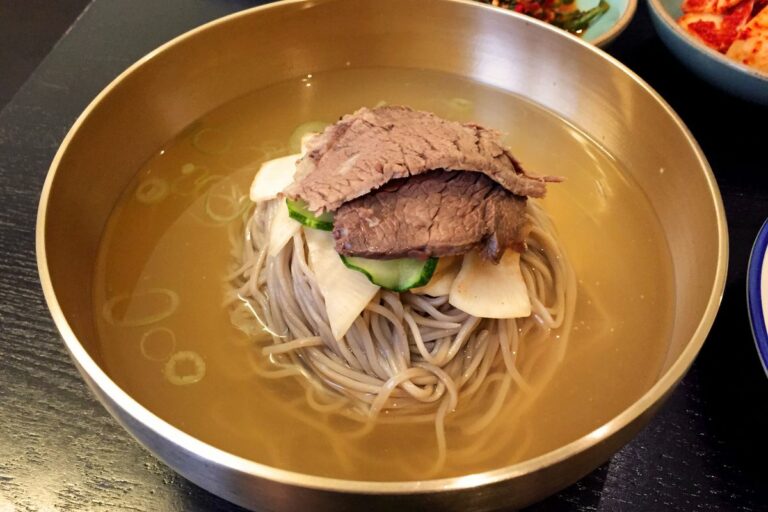For some people, making coffee is on their daily to-do list. Not every company can afford the “luxury” of excellent freshly ground whole bean coffee that can be easily prepared at the touch of a button.
Is making coffee an intern’s job?
Especially for meetings, a sufficient amount of coffee should ensure a high level of productivity and concentration for all participants. Yes, and very important – it must also be tasty. So where does coffee come from in many German companies and who has a license to produce coffee?
If you still remember the time of the intern, then this was clearly part of the daily tasks. The first coffee pot had to be ready at a quarter to eight (or whenever the boss came to work). A fresh carton of milk should have already been opened on the top shelf of the refrigerator, and the sugar bowl, sweetener dispenser and honey should have been filled accordingly. Of course, it has always been important to ensure that there are enough clean cups, saucers and teaspoons available. If you have a particularly important customer visit, you should take a French press and a milk frother and brew a creation that is special in terms of look and taste. Of course, with a thin layer of milk foam. That’s how it is when you’re an intern, sometimes you have to do things that aren’t part of the standard job description. Then fill everything with water. Satisfying different preferences and tastes was like a knowledge test that was given every morning.
However, in many cases there are no interns, so their place is too often taken by interns. After all, the years of apprenticeship are not the years of men. And it’s not too bad to sweeten your co-workers’ stressful day-to-day work by simply making delicious coffee drinks. However, often administrators, secretaries, or personal assistants must ensure that sufficient coffee is available. In some cases, it is not even regulated who is responsible for the supply of coffee.






